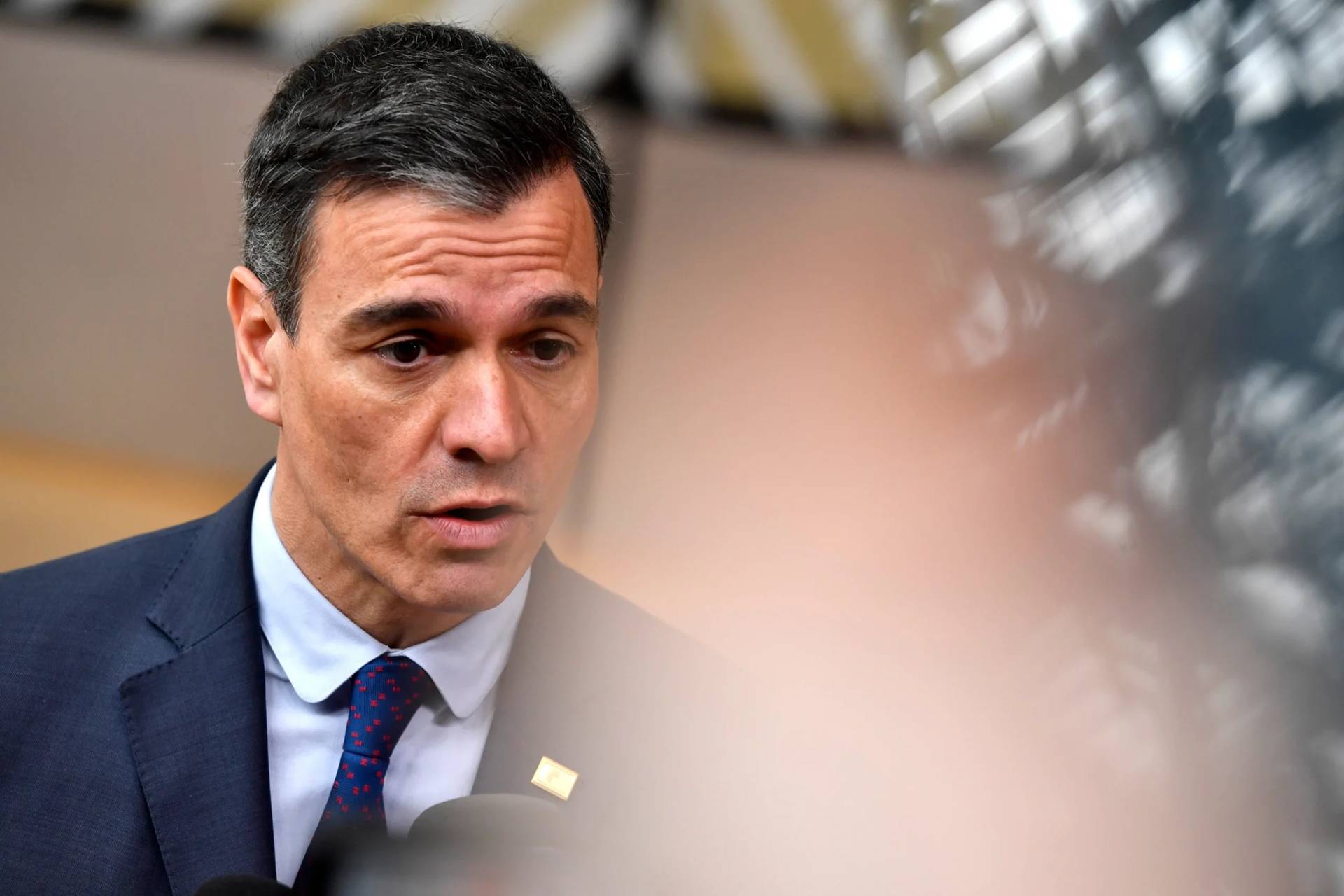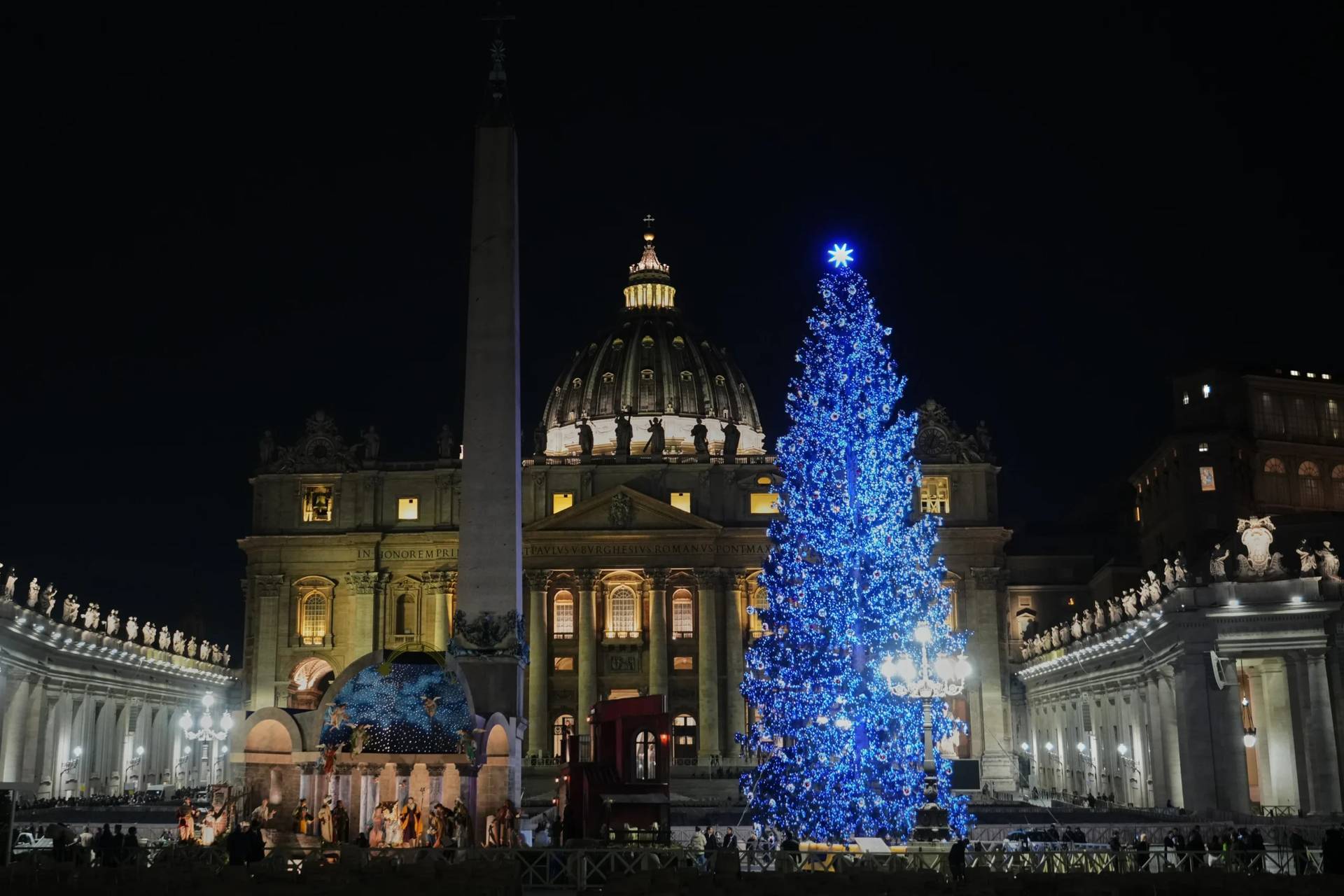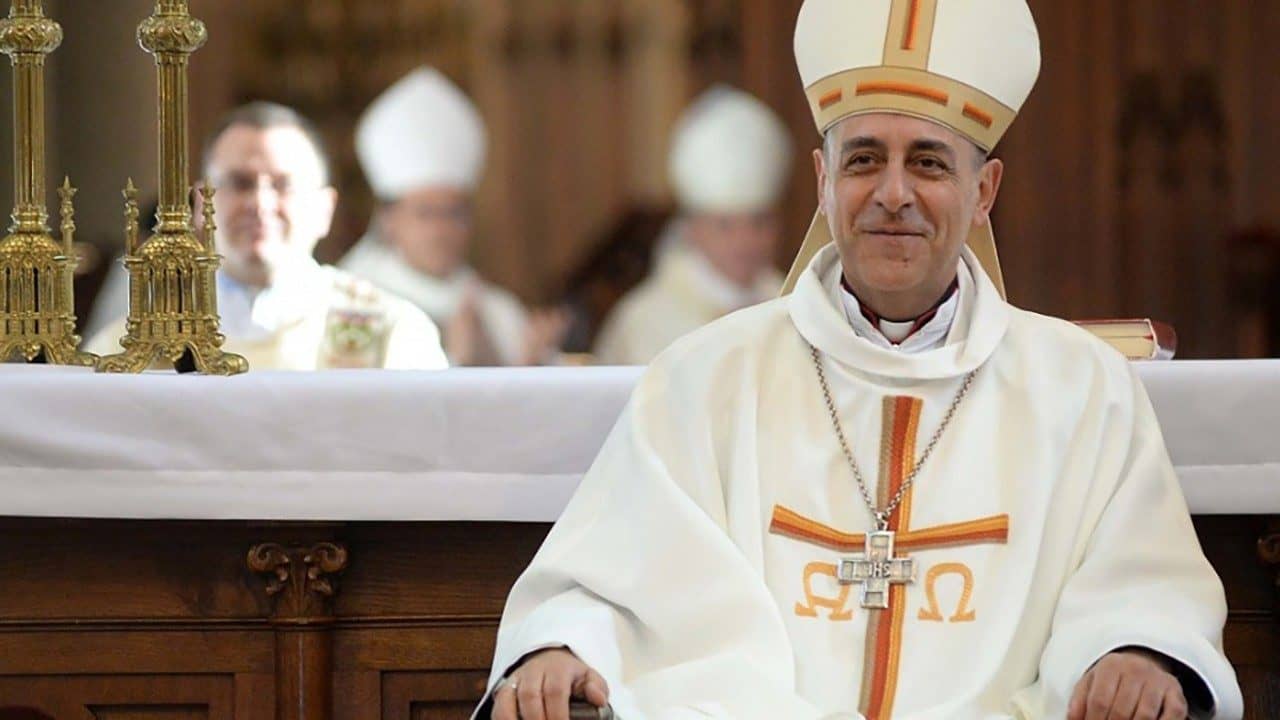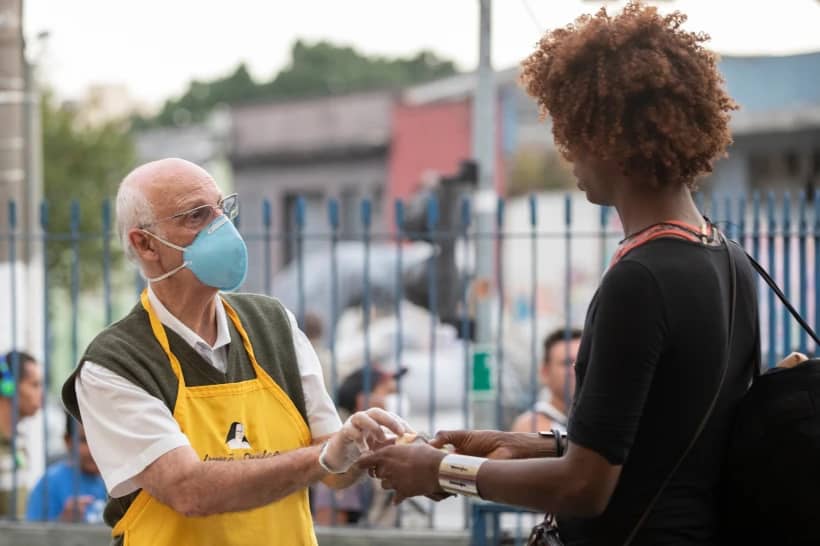DENVER – Election night is always like an all-you-can-eat buffet for political junkies, and inevitably it produces the sort of “only in America” ironies you just can’t script: Last night, for instance, gave us a brothel owner who died two weeks before the vote but still managed to get elected to the Nevada state assembly.
For Catholics, election night is also a rare opportunity to get an x-ray of where the country’s shifting Catholic population stands politically.
Early analysis of voting data in the wake of the 2018 midterms, which gave Democrats control of the House but Republicans a stronger hand in the Senate, leads to two clear conclusions about the Catholic vote.
First, overall, American Catholics are a precise reflection of America’s general political divisions.
The total national Catholic vote, according to an AP VoteCast conducted by National Opinion Research Center at the University of Chicago for Fox News and the Associated Press, split 50 percent for Democrats and 49 percent for Republicans. That’s a clear shift from the 2014 race, when Catholics went 54-45 for Republicans, and 2010, which found basically the same outcome.
A shift of ten points from one election cycle to the next certainly says something about the new look of the Church in America.
In terms of the general American situation: For the first time in a century, there’s only one state in the country where the legislature is divided between the two parties. (The outlier is Minnesota.)
Basically, blue states are getting bluer and red states redder. Trump and Republicans showed that they’re still a force in rural areas, particularly in the South and Mountain West, while Democrats cemented their hold on urban and suburban areas.
Second, there’s an increasingly consequential gap between white Catholics in America and everybody else.
White Catholics, according to the AP data, broke 56 to 41 percent for Republican candidates, with the six-point gap between the Catholic total and white Catholics explained by a strongly Democratic vote among Latino, African-American, and other minority Catholic groups.
There’s more that could be said in terms of the religious contribution to the 2018 race.
For one thing, the Catholic share of the overall vote went up two points since 2014, from 24 to 26 percent. That likely reflects higher Latino voter registration and turnout in key races.
Perhaps the biggest religious shift, noted by Mark Silk at RNS, was among American Jews, who broke 2-1 for Democrats in 2014 but 4-1 this time around – suggesting that President Donald Trump’s ardent embrace of Israel didn’t offset generally progressive tendencies among Jewish voters on other fronts.
Also, the results confirm that the Republican v. Democrat split correlates with how often Americans say they go to church.
Overall, 63 percent of Americans who say they “never” attend religious services voted Democratic, while 51 percent of those who say they go a few times a month, and 61 percent of those who say they go once a week or more, backed the Republicans. In general, 57 percent of those who go at least once a month went for Republicans, while 56 percent of those who go less often voted Democratic.
There’s also the fact that those who say they have no religious affiliation continue to grow as a share of electorate. 17 percent of voters were unaffiliated this time, up from 12 percent in 2014 and 2010.
However, if you’re a Catholic bishop getting ready to head to Baltimore for next week’s annual plenary meeting of the United States Conference of Catholic Bishops – where discussion undoubtedly will be focused intensely on the clerical sexual abuse scandals, but which also generally functions as a stock-taking moment after an election – what might be on your mind, looking at this data?
The first and obvious take-away is that American Catholics are fairly equally divided among Democrats and Republicans, although the long-term forecast may be for a slight Democratic edge as the Latino share of the Catholic vote continues to expand.
That division is not necessarily a bad thing, by the way – it suggests that American Catholicism has not yet been ideologically identified only with one side or the other, as has happened with most other mainstream religious traditions. The Catholic Church, in that sense, is probably the only religious body in the country that can credibly claim to embrace pretty much everyone within its ranks.
If any religious group in America is going to lead a serious reflection on how to get past polarization and dysfunction in national life, it shapes up as Catholicism or nobody.
One place to start is with the bishops’ regular statement on political life, “Faithful Citizenship,” which critics now see as heavily issue-driven and extremely light on what it means to live with polarity.
Second, the data also confirm a clear divide between white Catholics and everyone else, but mostly the burgeoning Hispanic Catholic constituency.
In effect, what the voting data paints is a picture of two Catholic Americas, one largely white, affluent, and Republican, the other largely Latino (with important pockets of African-Americans, Asian-Americans, and recent immigrants from places such as Africa and the Middle East), often poor, and Democratic.
In other words, it’s the contrast between a white-collar and a blue-collar Catholicism. The oscillation between those two poles has sort of been the story of the “Catholic vote” in America, and right now the pendulum seems to be swinging again in the blue-collar direction.
We seem to be becoming two churches in America — one country-club and conservative or rust belt and mad, the other working class, minority, and generally progressive.
Under any circumstances, such a cleft at the heart of the Church would be something to consider, but in an increasingly toxic and acrimonious political environment, it’s probably something the bishops will want to ponder – or at least, you’d think so.
















